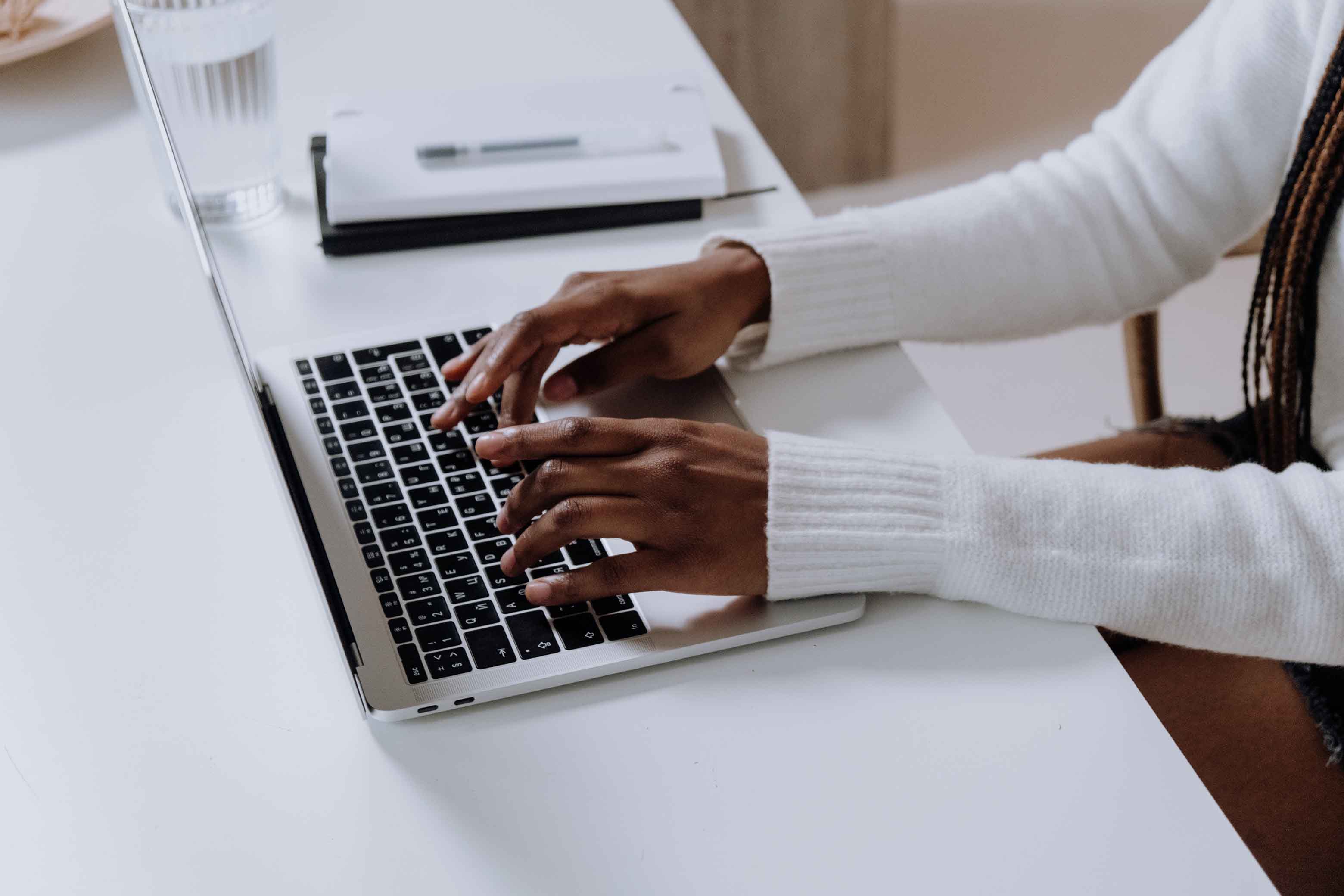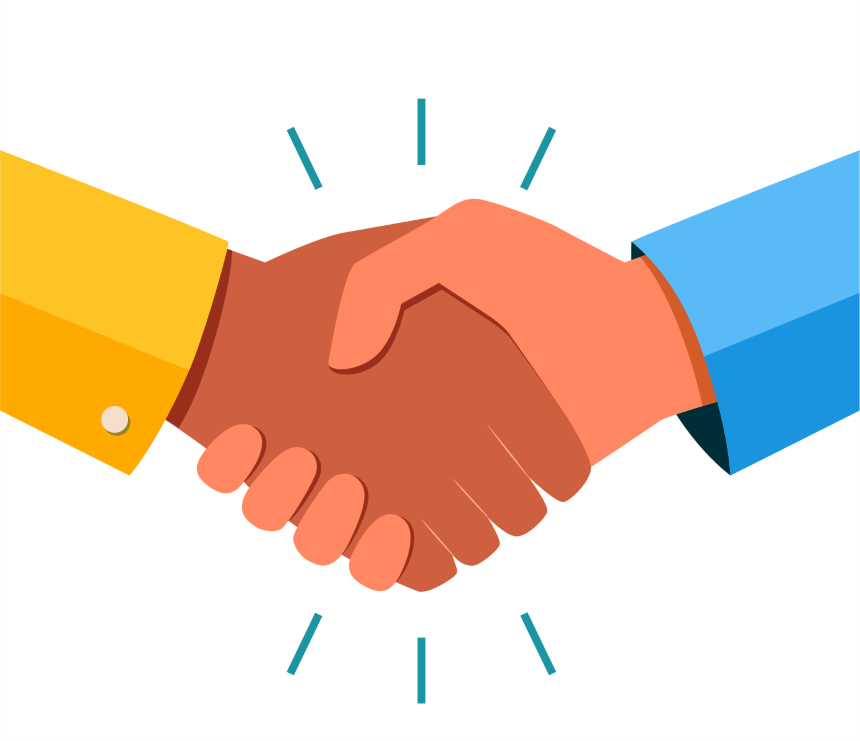Featured
Asynchronous Communication In Contact Centers: Everything You Need To Know
by Erina Suzuki | Published On January 31, 2024 | Last Updated November 18, 2024

While asynchronous communication, such as email, has been around for decades, its relevance has grown significantly in today’s fast-paced, convenience-driven society.
The way consumers communicate has evolved dramatically, with today’s preferences leaning towards flexibility and convenience. This change has driven asynchronous communication to the forefront, transforming the way contact centers manage customer interactions and deliver services.
What is Asynchronous Communication?
Asynchronous communication is when responses don’t happen in real time. This means participants can reply whenever it suits them. In contrast, synchronous communication—like phone calls or live chats—requires both parties to be engaged at the same time.
Asynchronous communication represents a shift from the traditional synchronous exchanges of the past. Unlike real-time interactions, characteristic of early call centers in the 1970s and evolving contact centers in the 1990s and 2000s, asynchronous communication allows participants to respond at their own pace, offering much-needed flexibility.

Benefits of Asynchronous Communication in Contact Centers
Understanding the key benefits of asynchronous communication can help businesses see why it has become an essential tool in today’s contact centers.
Non-Immediate Responses
Unlike real-time methods, asynchronous communication allows both customers and agents to respond when convenient. This flexibility is valuable, especially in situations requiring detailed or thoughtful replies, where agents can take the time to investigate or research before responding. For customers, it enables the convenience to engage at their own pace, creating a more accommodating
Convenience
Modern customers value convenience. Asynchronous communication lets them send messages or inquiries whenever they want, without needing to stay engaged in a continuous exchange. Customers can ask questions, go about their day, and return later to check responses, creating a more user-friendly experience.
Accessibility Across Different Time Zones
For businesses serving a global audience, asynchronous communication helps bridge time-zone gaps. Customers in different parts of the world can reach out whenever they need support, and agents can respond at a time that works within their schedules. This global accessibility makes it easier for brands to meet their customers’ needs without requiring round-the-clock live support.

Essential Tools for Asynchronous Communication in Contact Centers
To make asynchronous communication work seamlessly, contact centers need a robust set of tools that allow for efficient, flexible, and customer-centric support.
Here are some must-have tools and technologies that enable contact centers to harness the full potential of asynchronous communication:
AI-Driven Chatbots
While chatbots primarily provide real-time responses, they can also support asynchronous communication by allowing customers to start a conversation and return to it later without losing context. These bots retain conversation history, enabling seamless interaction continuity even after a time gap. By automating responses to repetitive queries and escalating complex issues to human agents, chatbots ensure efficiency and flexibility in managing asynchronous workflows.
Automated Workflow
To ensure that asynchronous interactions are resolved promptly and efficiently, automated workflow tools can help manage tasks and streamline follow-ups. These tools can send reminders, create task lists, and route inquiries to the appropriate agent based on skills or priority. Automated workflows enhance productivity, especially in environments where agents manage multiple conversations simultaneously.
Customer Relationship Management (CRM)
CRM systems play a crucial role in asynchronous communication by centralizing customer data and interaction history. They allow agents to access comprehensive records of past exchanges, enabling them to provide personalized and consistent responses. CRMs also help manage asynchronous interactions across multiple channels, ensuring a seamless experience for customers while improving agent efficiency.
Challenges of Asynchronous Communication and How to Overcome Them
Despite its benefits, asynchronous communication presents certain challenges. Here’s how contact centers can address these issues to optimize the experience for both customers and agents:
1Managing Response Times
Although asynchronous communication allows for flexibility, customers still value timely responses. To manage expectations effectively, contact centers should establish and communicate clear response time guidelines. For instance, automated messages or chatbot responses can acknowledge the customer's inquiry immediately, provide an estimated timeframe for a detailed response, and even offer updates if delays occur. This proactive approach keeps customers informed and reassured, enhancing their overall experience.
Avoiding Message Overload
Asynchronous communication can lead to long message threads, which may overwhelm both customers and agents. Contact centers can simplify this by summarizing the conversation periodically and using tools like a customer relationship management platform that allow agents to track the entire conversation history, enabling efficient resolution of issues.
Ensuring Consistency Across Channels
With asynchronous communication happening across multiple channels, consistency is crucial. Contact centers should use an integrated system that unifies customer interactions from different channels onto one platform, ensuring a unified response and reducing the chances of miscommunication.
The Future of Asynchronous Communication in Contact Centers
Asynchronous communication is not just a trend—it represents a fundamental shift in how contact centers operate. With more consumers demanding flexibility and convenience, asynchronous methods will likely continue to grow.
Here are some future trends and possibilities for asynchronous communication in contact centers:
Increased Adoption of AI and Automation
AI-powered chatbots and automation tools will play a larger role in managing asynchronous interactions. These tools can handle routine queries and assist agents by providing background information on the customer, such as previous interaction history, enabling faster and more accurate responses.
Expanded Use of Data Analytics
Asynchronous communication generates valuable data on customer preferences and behaviors. With advanced analytics, contact centers can gain insights into customer needs and adapt their services to provide a more personalized experience.
Integration with Omnichannel Strategies
In the future, contact centers will likely focus on creating a seamless, omnichannel experience. Asynchronous communication will be a core component of this strategy, allowing customers to switch between channels—such as email, chat, or social media—without losing continuity in their interactions.
Embracing Asynchronous Communication for a Better Customer Experience
Asynchronous communication is becoming a cornerstone of modern contact centers, providing the flexibility and convenience that today’s consumers expect. By adopting asynchronous methods, contact centers can improve workload management, enhance response quality, and increase customer satisfaction.
With the right tools and strategies, contact centers can fully leverage the benefits of asynchronous communication to stay competitive in a digital-first world. For businesses looking to lead in customer service, embracing this approach is no longer optional—it’s essential for meeting customer needs and providing a standout experience.
More from our blog
 Leverage a secure and trusted connectivity model.
Leverage a secure and trusted connectivity model.
 Ten years ago, I joined ComputerTalk as a junior project manager, eager to learn and contribute. Looking back, I realize how pivotal that decision was for my career. ComputerTalk provided the perfect environment for growth—one that values trust, collaboration, and...
Ten years ago, I joined ComputerTalk as a junior project manager, eager to learn and contribute. Looking back, I realize how pivotal that decision was for my career. ComputerTalk provided the perfect environment for growth—one that values trust, collaboration, and...
 Contact centers are the backbone of customer experience, serving as the first point of contact for resolving issues, answering queries, and building brand loyalty.
Contact centers are the backbone of customer experience, serving as the first point of contact for resolving issues, answering queries, and building brand loyalty.

